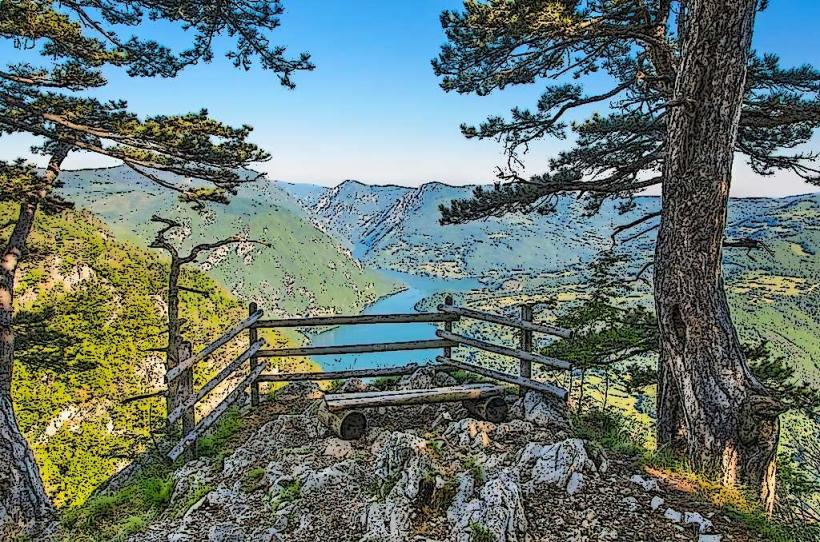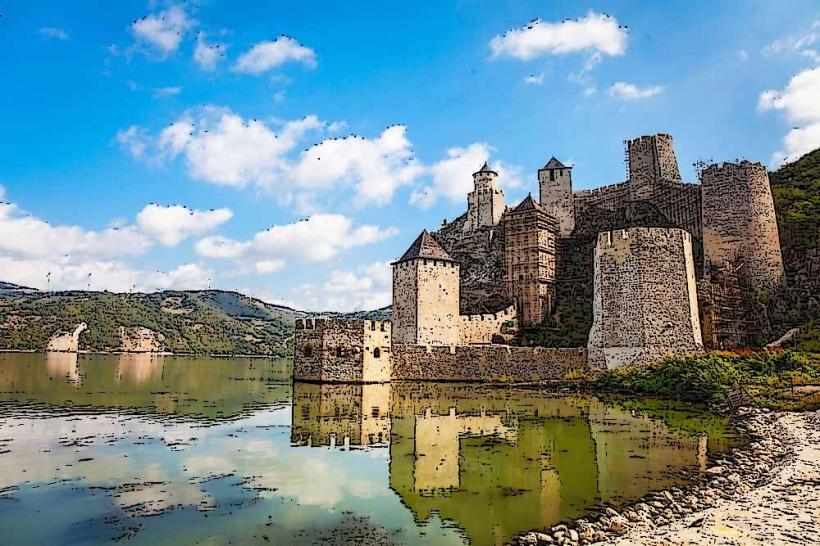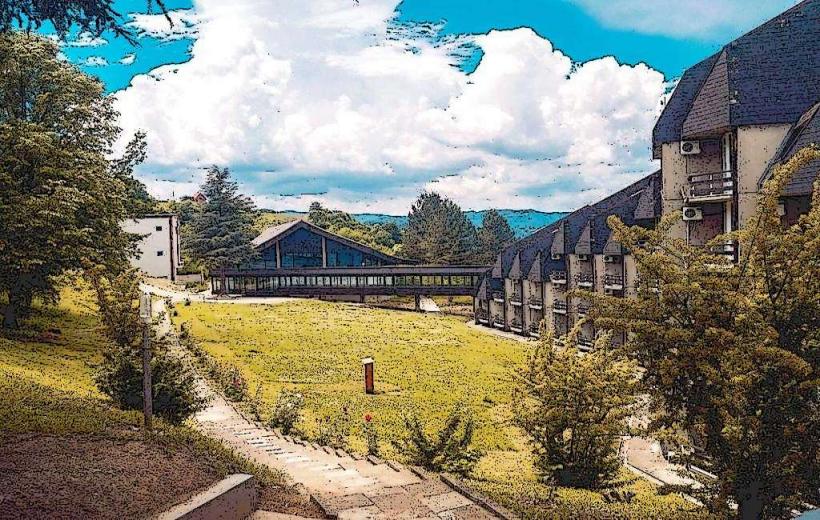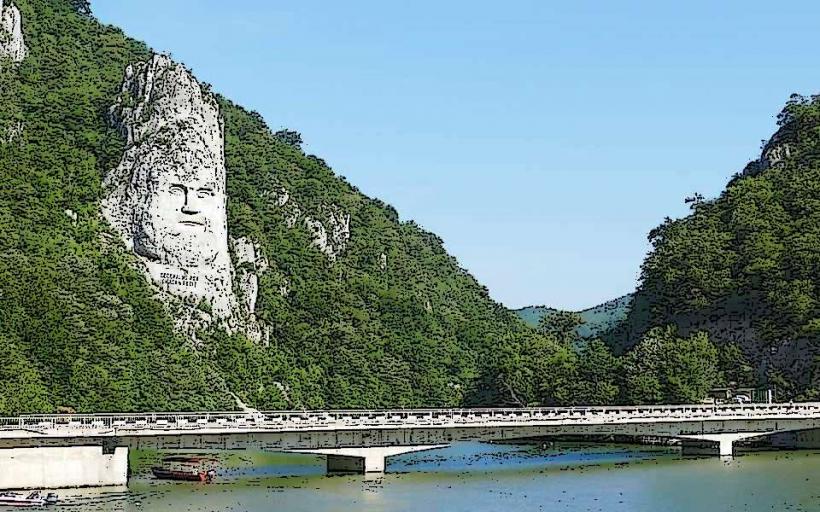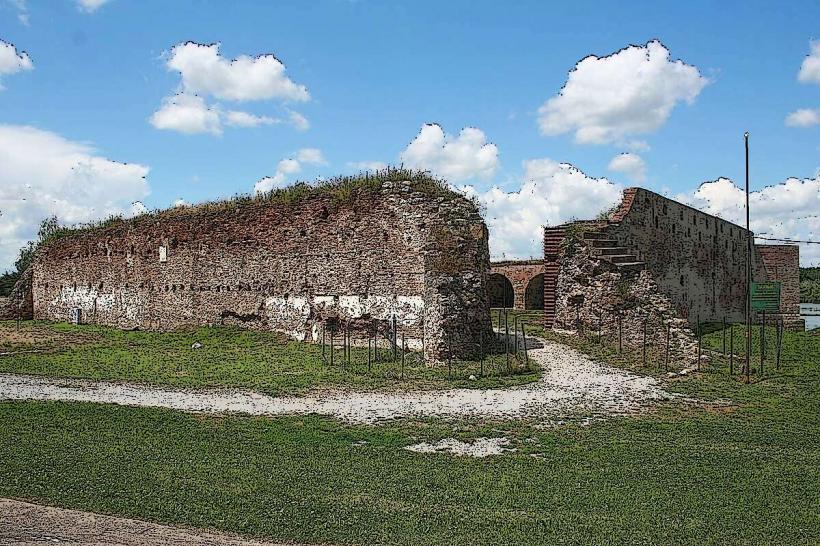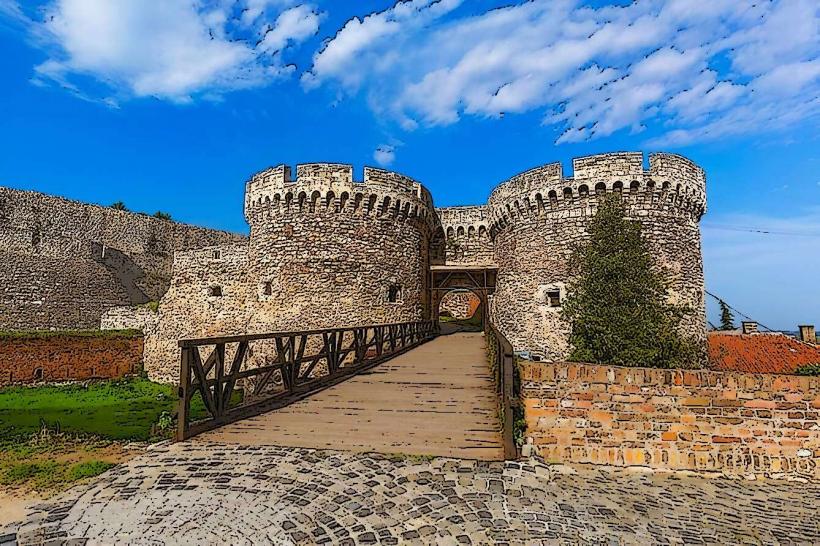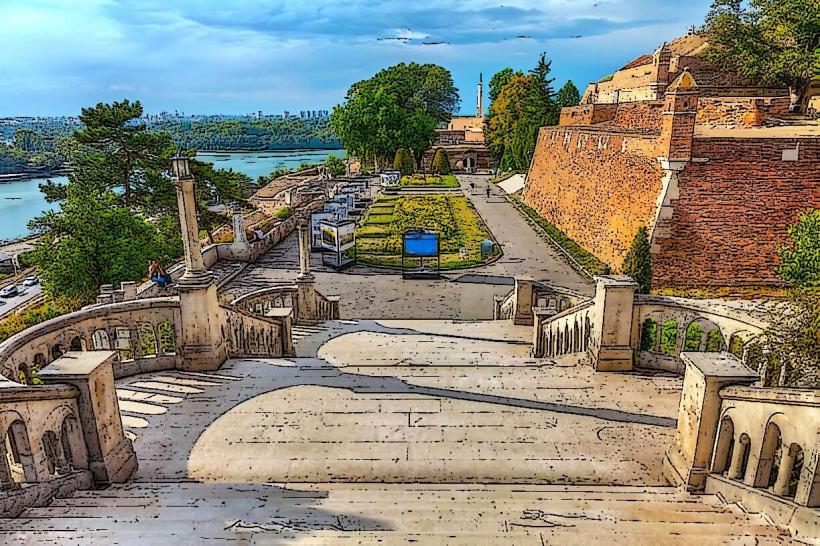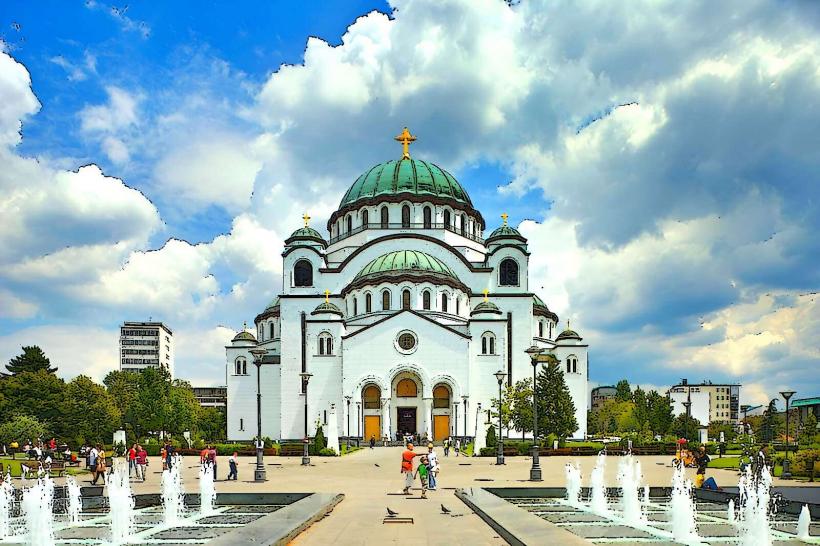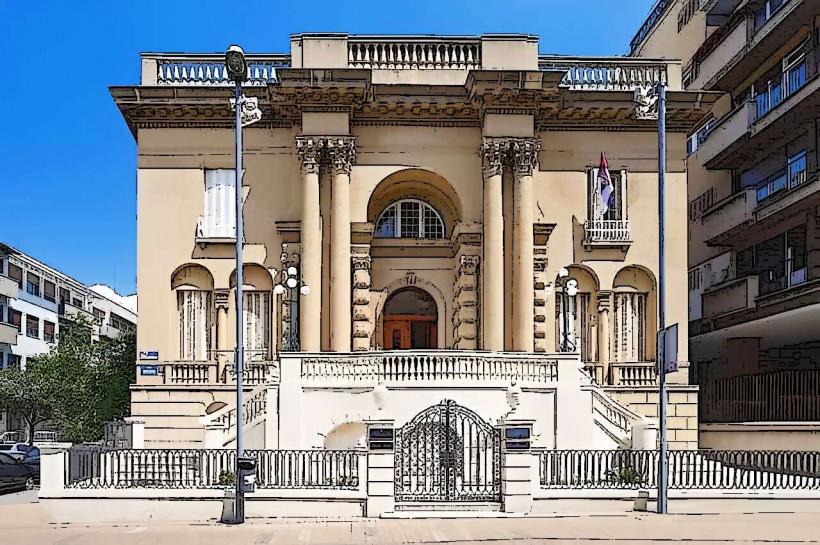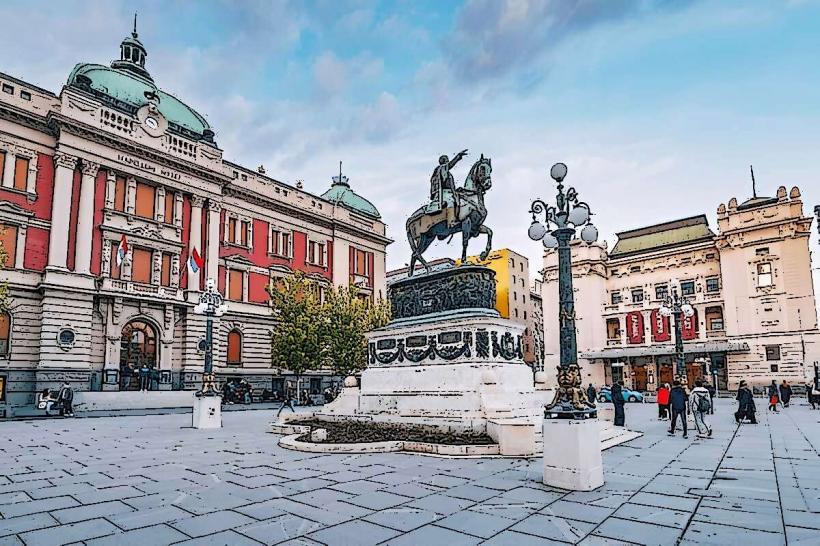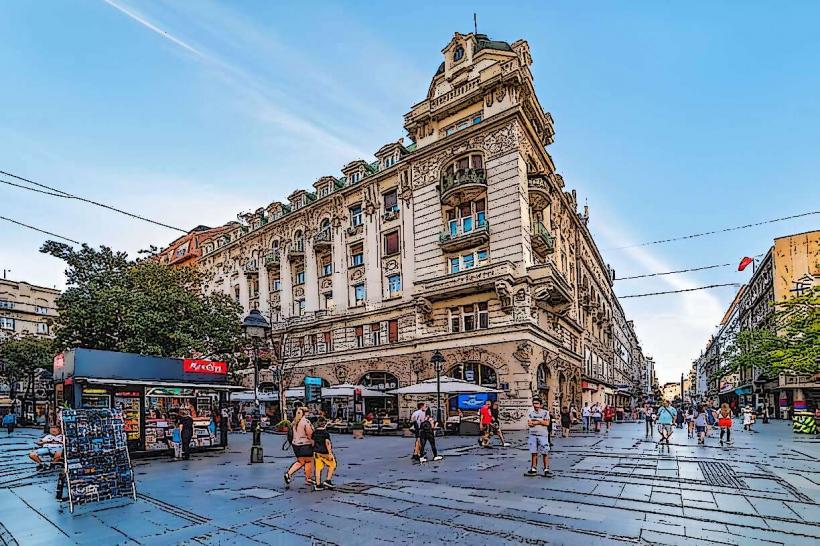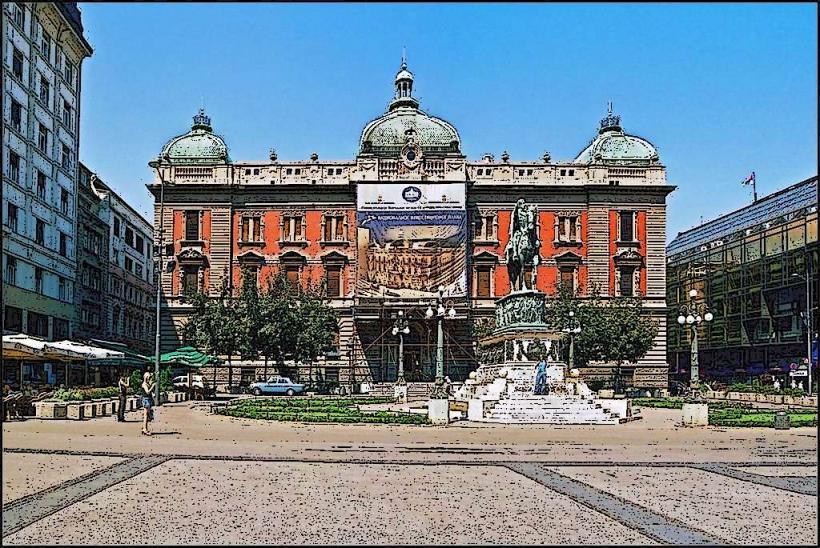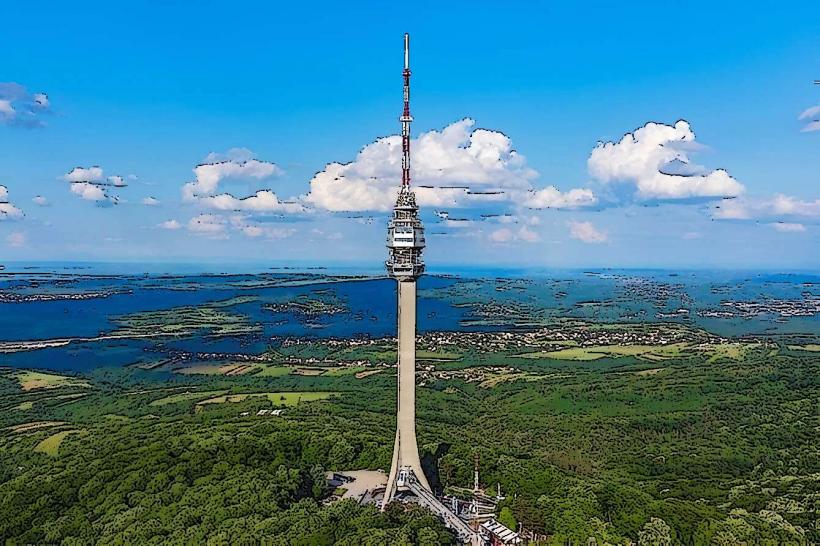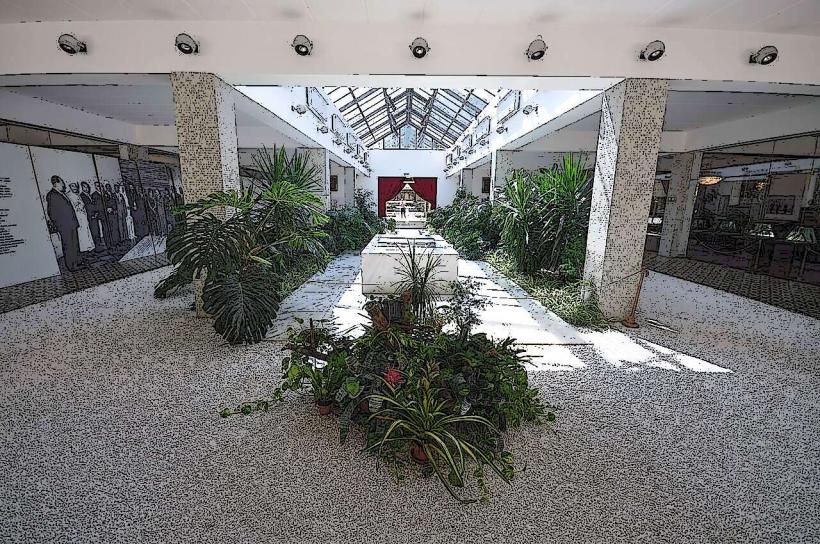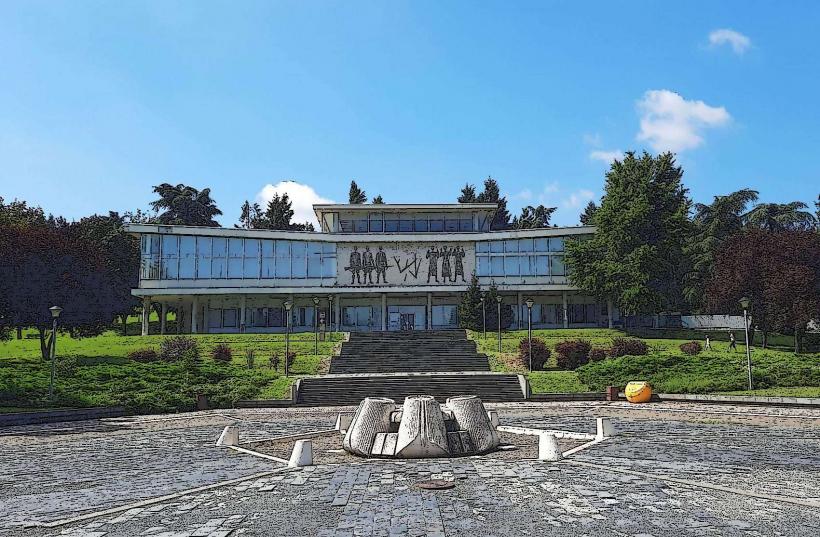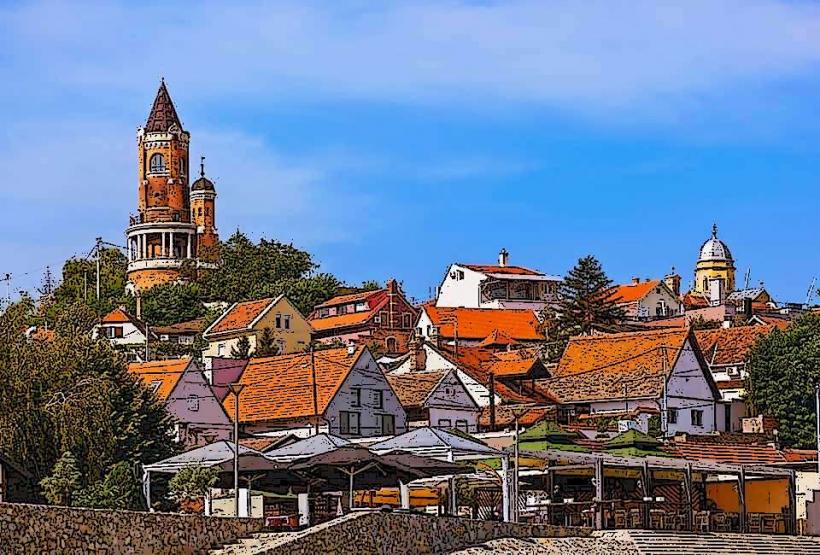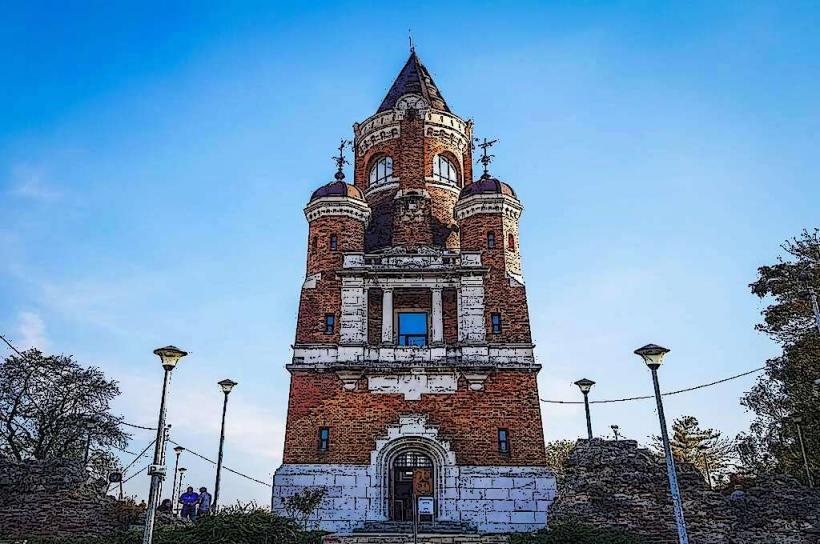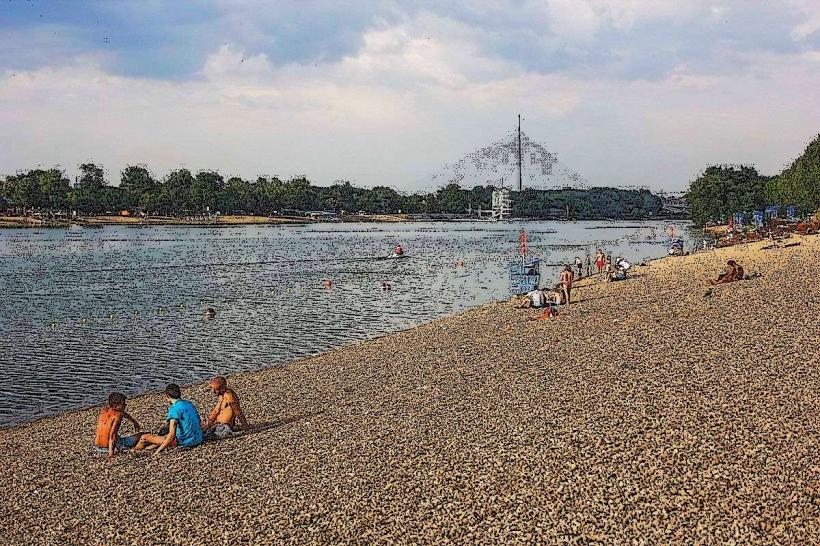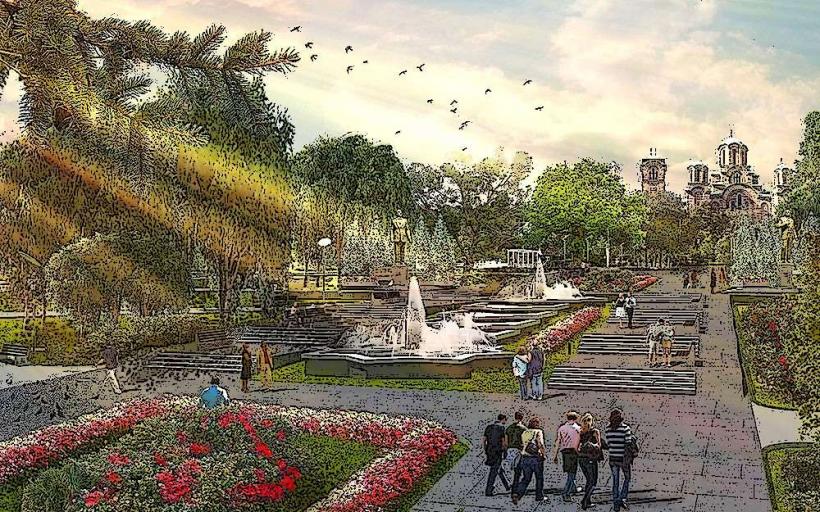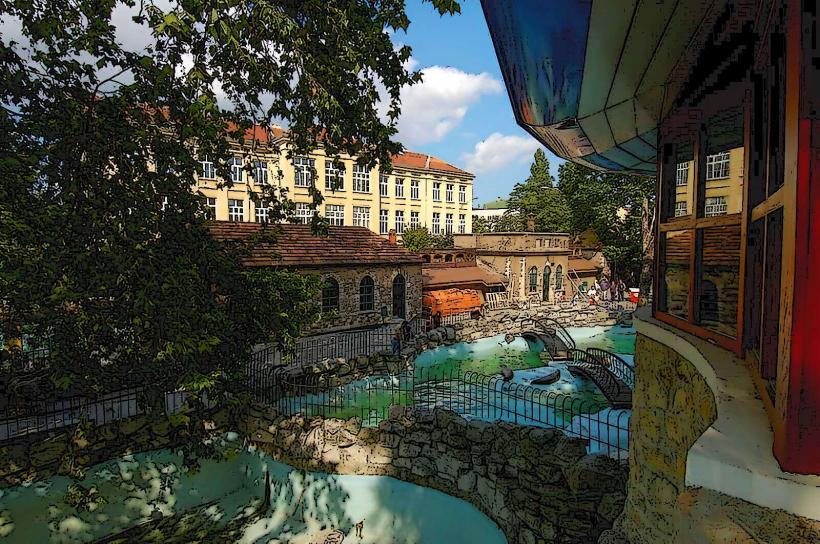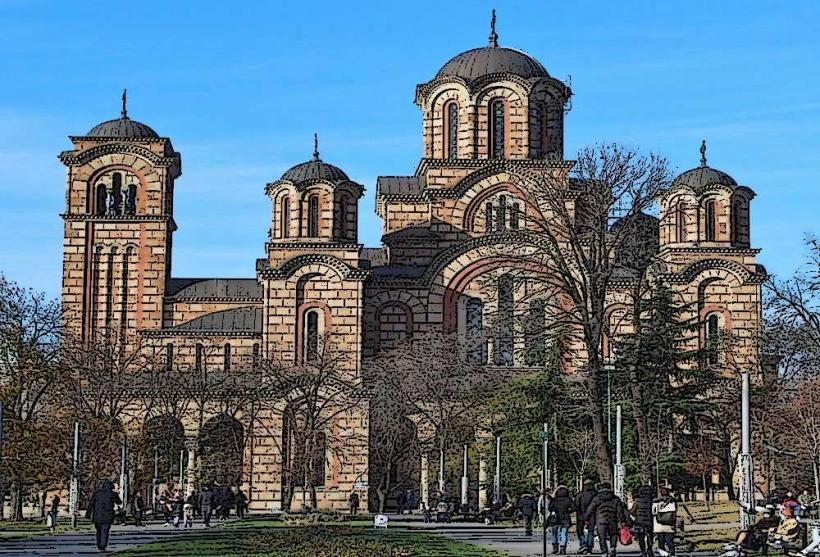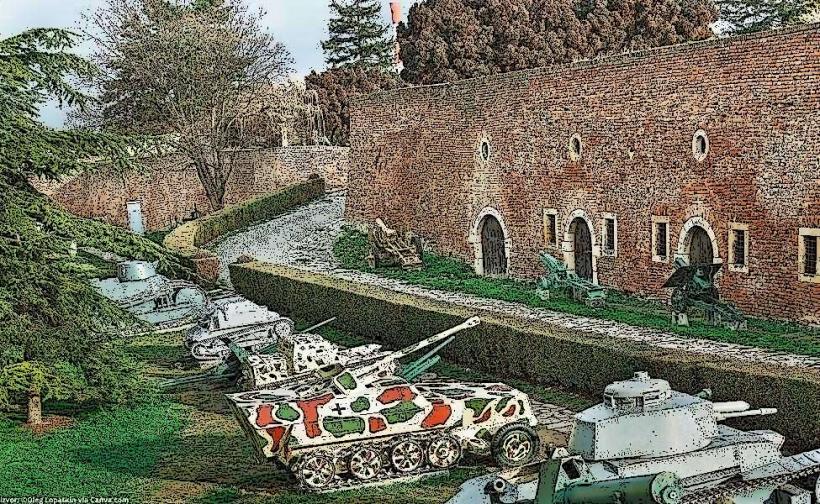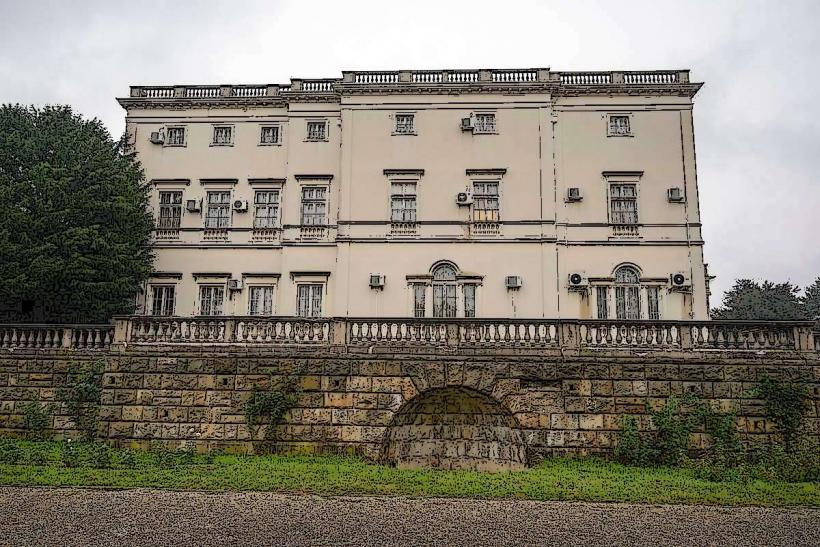Information
Landmark: Museum of Viminacium (Kostolac)City: Belgrade
Country: Serbia
Continent: Europe
Museum of Viminacium (Kostolac), Belgrade, Serbia, Europe
Overview
Near the town of Kostolac in eastern Serbia, the Museum of Viminacium sits within the Viminacium Archaeological Park, where you can roam among the weathered stones of an ancient Roman city and its military camp, while once a thriving hub of Roman culture, power, and military might, Viminacium still opens a window into the Balkans’ Roman past, where worn stone roads remember the tread of legionnaires.The museum, along with the ruins surrounding it, ranks among Serbia’s most treasured historical and cultural landmarks, drawing visitors to its weathered stones and centuries-ancient stories, subsequently let’s take a closer behold at the history: in the 1st century AD, the Romans built Viminacium as a fortified military camp, its stone walls rising beside the River Danube.By the 3rd century AD, Viminacium had grown into the capital of the Roman province of Moesia Superior, later Moesia Prima, its location at the meeting of the Danube and Mlava rivers turning it into a key center for trade, transport, and military power, at the same time home to Legio VII Claudia and more than 30,000 people, it ranked among the largest Roman cities in the Balkans, complete with a forum, baths, temples, an amphitheater, and an aqueduct.The city fell to the Huns in the 5th century and was abandoned, only to be rediscovered in the 19th century, with excavations starting in the 1970s and continuing today, in turn now part of the Viminacium Archaeological Park, the museum preserves and displays sculptures of deities and emperors, coins, fine jewelry, painted ceramics, weapons, frescoes, and mosaics still shimmering with faded color, along with a remarkable collection of sarcophagi.Visitors can trek through reconstructed Roman baths, an amphitheater, and a mausoleum, and even detect the massive skeleton of a mammoth unearthed nearby, while this one-of-a-kind exhibit weaves natural history with archaeology, and in the Archaeological Park, you’ll find Roman tombs adorned with vivid frescoes-reds and golds still radiant after centuries.Some artifacts remain where they were found, while others are safely preserved in the museum, then faded yet vivid, the tomb paintings show Roman gods, bustling marketplaces, and solemn rituals, somewhat The amphitheater’s stone tiers once held thousands, echoing with cheers during games and plays, subsequently nearby, the ruins of the bathhouses-still lined with the channels of ancient heating systems-reveal both engineering skill and the comfort-loving habits of the city’s people.Rebuilt sections of the legionary camp let you picture soldiers drilling in the dust, while visitors can join guided tours led by experts who bring each exhibit and story to life, take part in workshops on ancient crafts, Roman cooking, or even archaeological digs, and explore 3D reconstructions that rebuild the city before their eyes.You can also watch archaeologists at work, brushing soil from newly unearthed relics, after that together, the museum and park open a window onto Roman Serbia, preserving a site that’s now a UNESCO World Heritage candidate and a cornerstone of the country’s cultural tourism.You’ll find it near Kostolac, about 80 kilometers-an hour’s drive-southeast of Belgrade, likewise you can reach the Museum of Viminacium easily by car or through an organized tour.It’s open all year, with extended hours in summer, and the modest entry fee often covers guided tours and select exhibits, then on-site, you’ll find parking, a tiny café where the scent of fresh coffee drifts through the air, a souvenir shop, and interactive spaces.Step inside and you’re suddenly walking through the grandeur of the Roman Empire in Serbia, surrounded by rich artifacts and meticulous reconstructions that make it one of the region’s most complete archaeological museums, besides families, schools, and history lovers alike can join hands-on workshops and activities, while the striking combination of ancient ruins and a towering fossilized mammoth skeleton gives the site an unforgettable edge.In short, the Museum of Viminacium is a living treasure chest of Roman history, culture, and archaeology, and packed with ancient artifacts, rebuilt sites, and hands-on programs, it offers a vivid bridge to Serbia’s distant past-and anyone drawn to Roman history shouldn’t miss it.
Author: Tourist Landmarks
Date: 2025-09-02

